The Perfect Chicken Liver Parfait – Pate Recipe You’ll Love
Views: 141
Chicken liver pâté (or pate) is a spread or paste made from cooked and finely blended chicken livers, combined with other ingredients such as butter, cream, herbs, and spices. Markedly, pâté is a popular and versatile dish in many cuisines, known for its rich and creamy texture and flavorful taste
The process of making chicken liver pâté typically involves sautéing or cooking chicken livers until they are fully cooked but still slightly pink in the center. Following this, the livers are then blended with other ingredients, such as softened butter, heavy cream, garlic, onions, and various herbs and spices. The resulting mixture is carefully processed until achieving a smooth and creamy consistency. Importantly, making chicken liver pâté serves as a great way to ensure no part of the bird goes to waste.
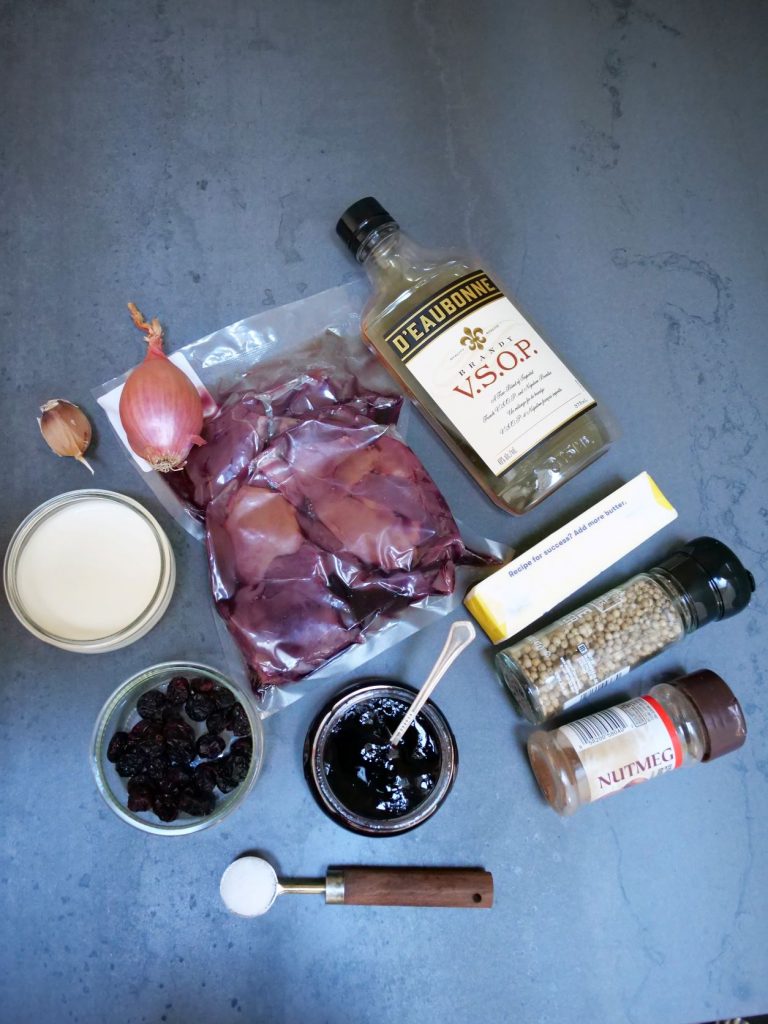
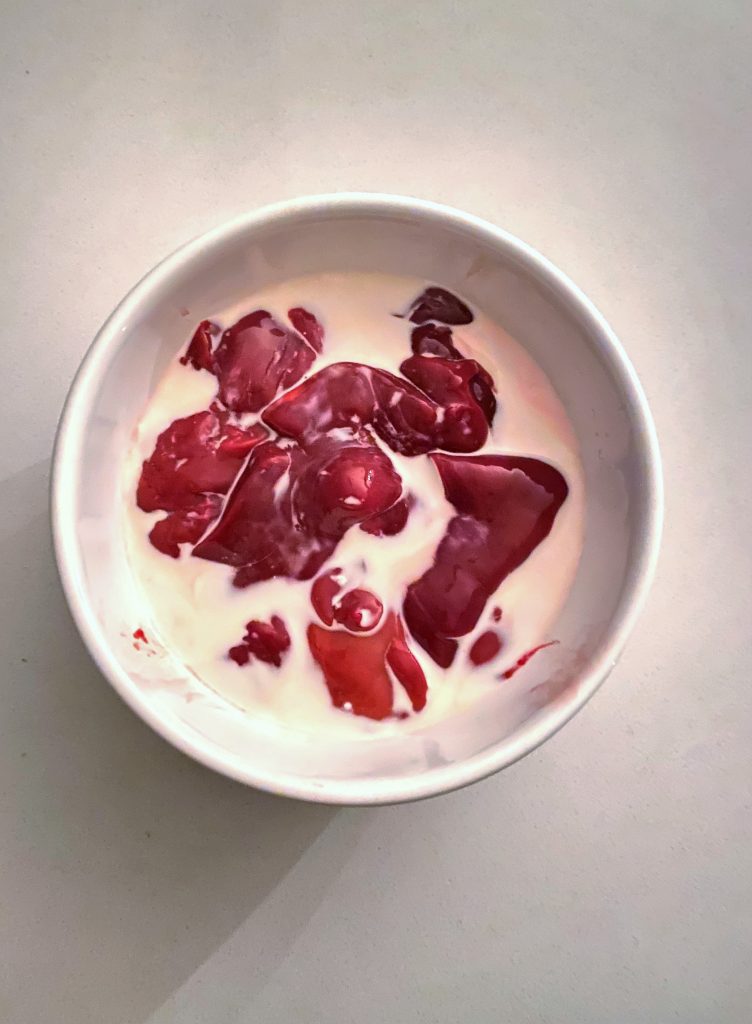
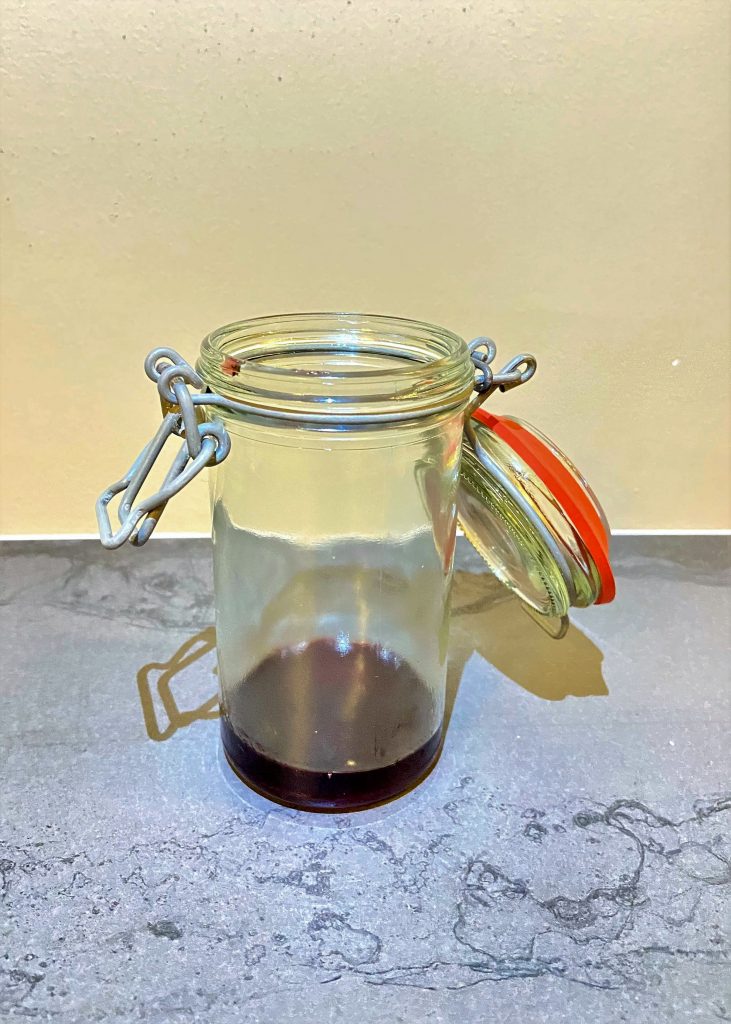
optionally pour melted wine jelly into terrine jars and refrigerate
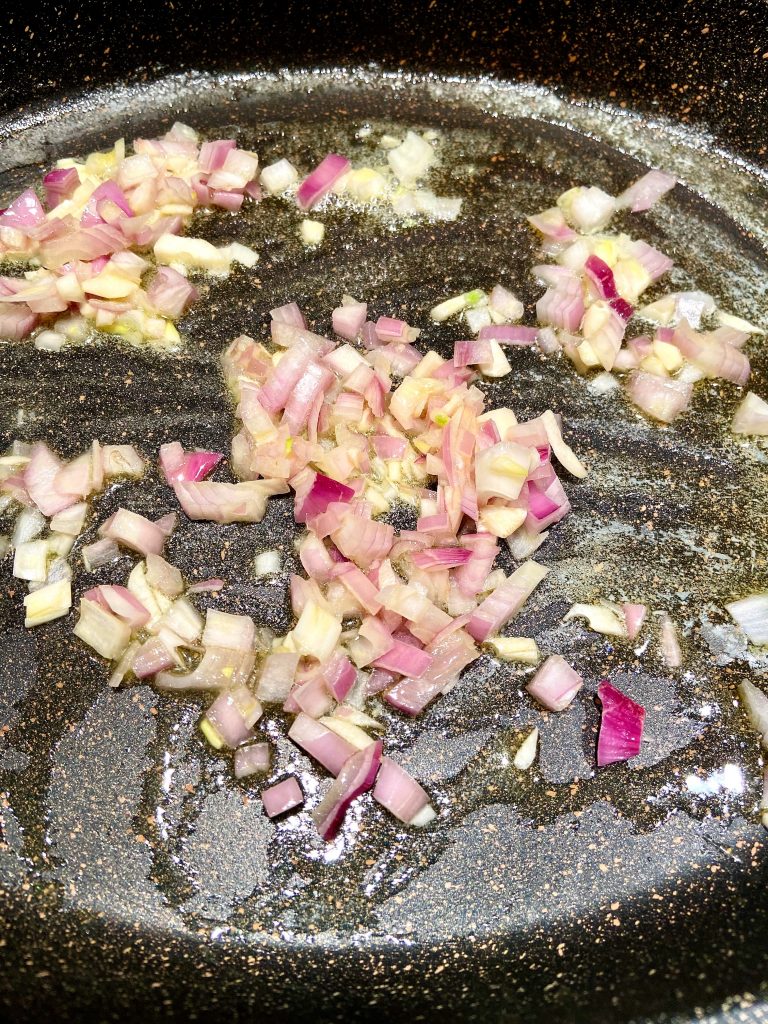
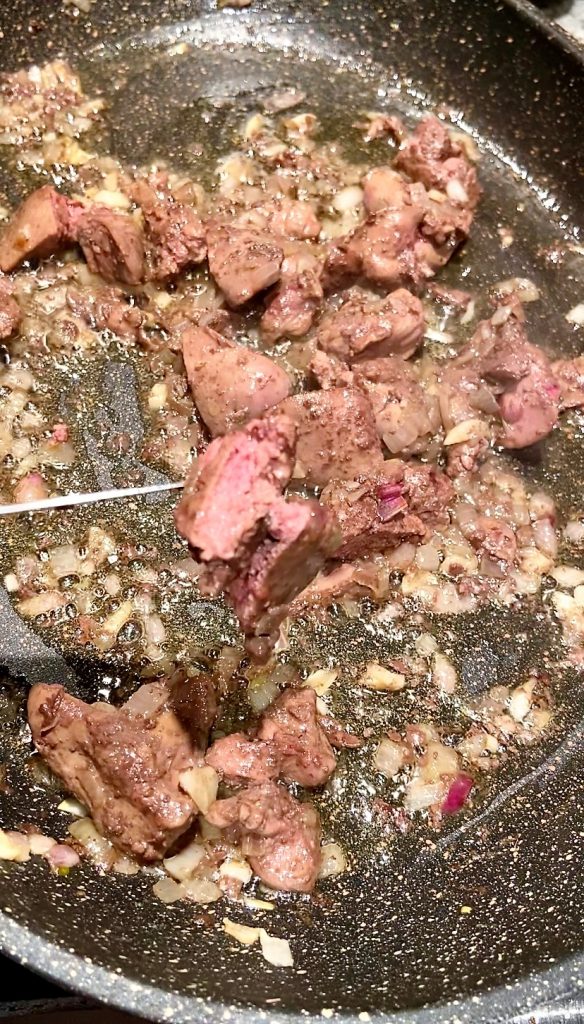
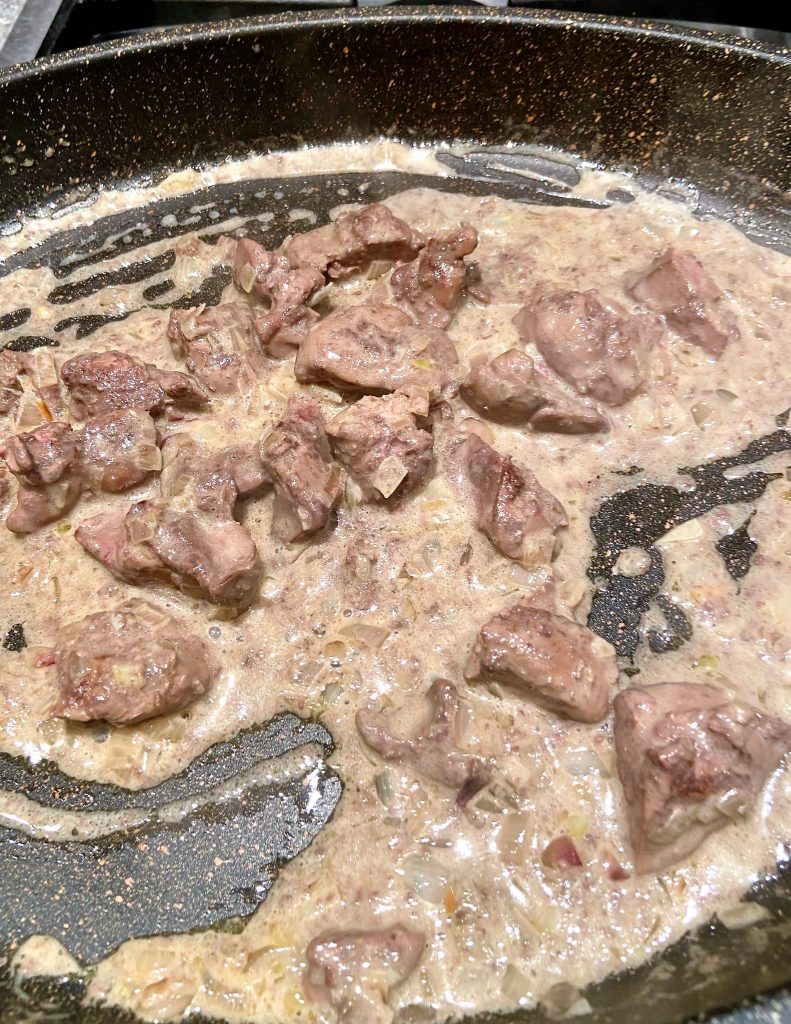
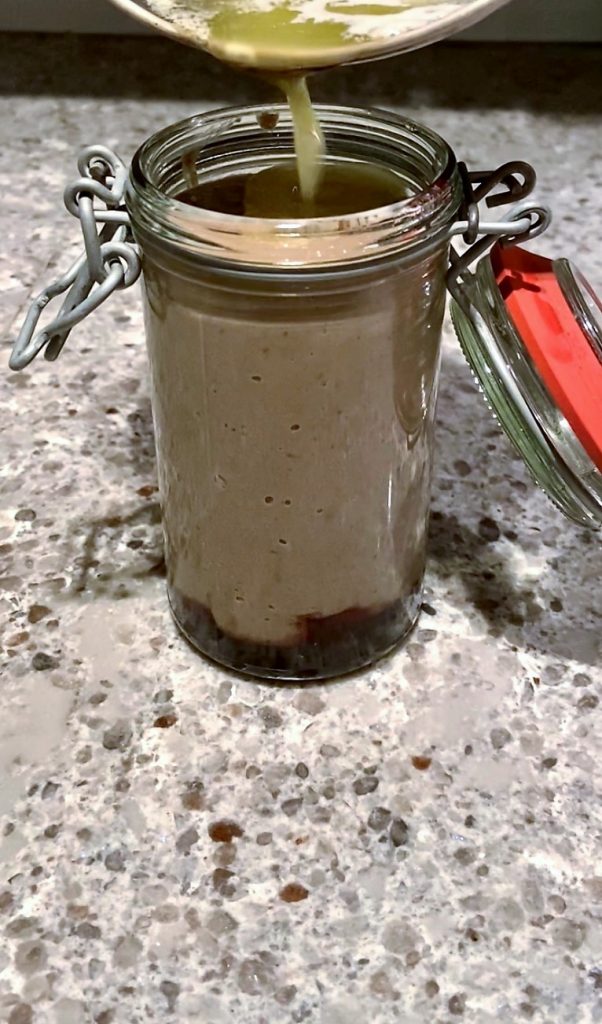
Pour melted butter over processed chicken liver pate packed into the jars
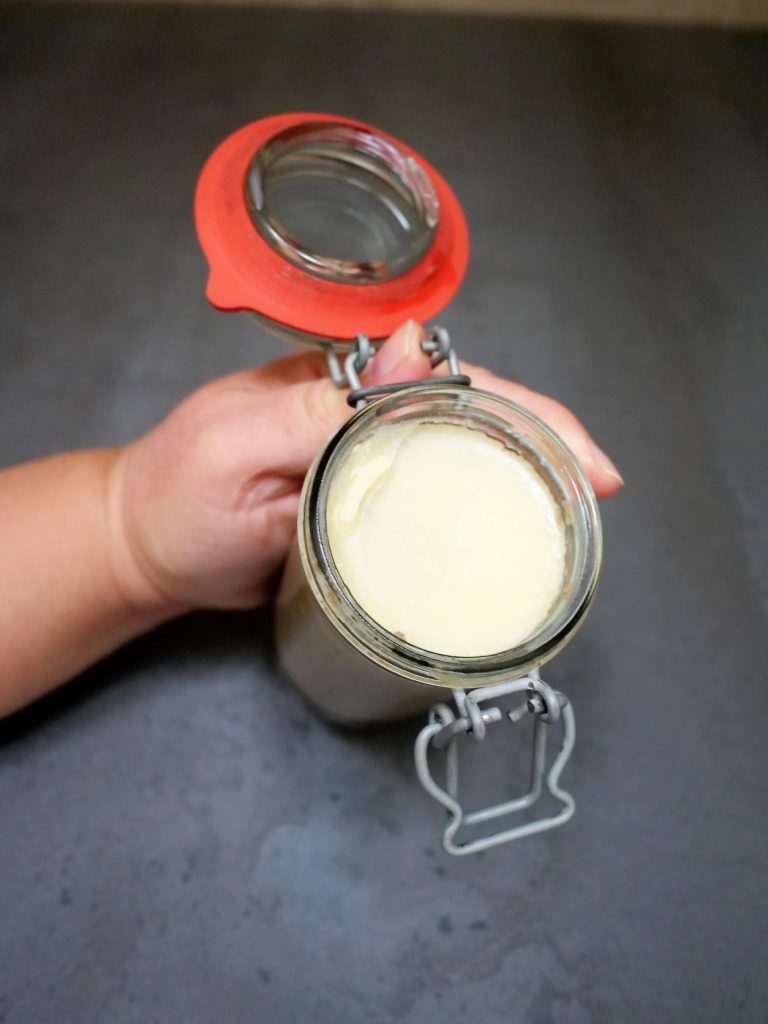

Tools you will need:
Chicken liver pâté
Ingredients
- ½ lb. chicken liver 250 gr.
- 1 large shallot
- ¼ cup brandy or cognac
- 1/3 cup heavy cream
- 1/3 cup unsalted butter + 1 tbsp.
- 1 tbsp. salt
- ¼ tsp. white pepper
- ¼ tsp. ground nutmeg
- 1 ½ tbsp. dry cranberries
- ¼ cup wine jelly optional, see recipe link in this post
- ½ cup milk optional
Instructions
Prepare ingredients for chicken liver pate recipe:
- Begin by washing the chicken livers thoroughly.
- Trim any excess fat or connective tissue from the chicken livers. Check for any greenish spots or bile ducts and remove them, as they can make your pate taste bitter.
- Soak the chicken livers in milk for one to two hours. This step is optional but can help reduce any residual bitterness and enhance the flavor.
- Soak dry cranberries in warm water until soft (approximately 1 hour) and then roughly chop them in a food processor.
- Dice garlic and shallot, setting them aside for later use.
- Optional step. Use a small sauce pan to melt wine jelly over low heat. Pour into terrine jars you will be using to preserve your chicken liver pate. Place in the fridge to set.
Making chicken liver pate:
- Begin by patting the chicken livers dry.
- In a suitably sized non-stick fry pan, melt ¼ cup of butter. Increase the heat to medium-high and sauté the onions and garlic until translucent, approximately 3 minutes.
- Add the chicken livers to the fry pan and sauté until fully cooked but still slightly pink in the center, about 10 minutes.
- Deglaze the pan with brandy.
- Add cream and bring the entire mixture to a gentle simmer. Turn the heat off immediately
- Transfer the liver mixture to a food processor. Add the remaining butter and spices (ensuring the butter is at room temperature). Process the mixture until smooth and creamy. Once done, fold in the chopped cranberries.
Prepare chicken liver pate for storage:
- Spoon the lukewarm pâté into the terrine jars over the wine jelly layer.
- Warm the remaining butter and pour it on top of the pâté to seal the dish. Your pate is now ready to be stored in a fridge for up to two weeks. (!) Remember to reseal the pate if you do not finish it in one go.
Yield
Frequently asked questions
Can I store chicken liver in a plastic container?
We strongly discourage the use of plastic containers for storing fatty dishes due to the potential risk of harmful elements leaching into the food. Plastic leaking can occur due to various factors, such as the type of plastic used, the temperature of the food, the duration of contact, and the presence of acidic or fatty substances in the food.
Why is my chicken liver bitter?
Several factors can contribute to chicken liver pâté tasting bitter. Here are some possible reasons and solutions:
![]() Overcooking the Livers: If the chicken livers are cooked for too long, they can become overcooked and develop a bitter taste. To avoid this, cook the livers just until they are no longer pink in the center. Overcooking can also lead to a dry and gritty texture. Solution: Pay close attention to the cooking time, and remove the livers from the heat as soon as they are cooked through
Overcooking the Livers: If the chicken livers are cooked for too long, they can become overcooked and develop a bitter taste. To avoid this, cook the livers just until they are no longer pink in the center. Overcooking can also lead to a dry and gritty texture. Solution: Pay close attention to the cooking time, and remove the livers from the heat as soon as they are cooked through
![]() Burning Onions or Garlic: If you include onions or garlic in your pâté and if you cooked these ingredients too long or at too high a heat, they may become bitter. Solution: Firstly, cook onions and garlic over medium heat. Secondly, be careful not to let them brown or burn. Sauté them until they are soft and translucent.
Burning Onions or Garlic: If you include onions or garlic in your pâté and if you cooked these ingredients too long or at too high a heat, they may become bitter. Solution: Firstly, cook onions and garlic over medium heat. Secondly, be careful not to let them brown or burn. Sauté them until they are soft and translucent.
![]() Metallic Taste from Utensils: Using utensils made of reactive metals, such as aluminum or cast iron, when preparing the pâté can sometimes result in a metallic taste.
Solution: Use non-reactive utensils, such as stainless steel or wooden utensils, to avoid imparting a metallic taste to the pâté.
Metallic Taste from Utensils: Using utensils made of reactive metals, such as aluminum or cast iron, when preparing the pâté can sometimes result in a metallic taste.
Solution: Use non-reactive utensils, such as stainless steel or wooden utensils, to avoid imparting a metallic taste to the pâté.
Why is my chicken liver pate grainy?
A grainy texture in homemade chicken liver pâté can be attributed to a few common factors. Here are some reasons why your pâté may have a grainy consistency and suggestions to address the issue:
![]() Overcooking the Livers: First thing to remember, if the chicken livers are cooked for too long, they can become overcooked which leads to a dry and gritty texture.
Overcooking the Livers: First thing to remember, if the chicken livers are cooked for too long, they can become overcooked which leads to a dry and gritty texture.
![]() Inadequate Fat Content: The fat content in the pâté helps contribute to its smooth and creamy texture. If there isn’t enough fat or if the fat isn’t properly incorporated, the pâté can become grainy.
Inadequate Fat Content: The fat content in the pâté helps contribute to its smooth and creamy texture. If there isn’t enough fat or if the fat isn’t properly incorporated, the pâté can become grainy.
![]() Inadequate Emulsification: Achieving a proper emulsion is crucial for a smooth pâté. If the fat and other ingredients are not emulsified correctly, it can lead to separation and a grainy texture.
Inadequate Emulsification: Achieving a proper emulsion is crucial for a smooth pâté. If the fat and other ingredients are not emulsified correctly, it can lead to separation and a grainy texture.
![]() Temperature Issues: If the ingredients are not at the right temperature, it can affect the texture of the pâté. For example, if the butter is too cold or the pâté is too warm, it may result in a grainy consistency.
Temperature Issues: If the ingredients are not at the right temperature, it can affect the texture of the pâté. For example, if the butter is too cold or the pâté is too warm, it may result in a grainy consistency.
Why is my chicken liver pate runny?
![]() Pâté needs sufficient time to set and firm up in the refrigerator. If you didn’t chill it long enough, it may be runny.
Pâté needs sufficient time to set and firm up in the refrigerator. If you didn’t chill it long enough, it may be runny.
Can you freeze chicken liver pâté?
Lots of sources, including Julia Child herself say that you can freeze liver pâté. At the same time, Julia Child also says that she does not find the taste of the defrosted chicken liver pâté that appetizing. We can’t agree more!
How long does homemade chicken liver pate last?
Homemade chicken liver pâté typically has a shorter shelf life compared to commercially produced pâté due to the absence of preservatives. When properly stored in the refrigerator, homemade chicken liver pâté is generally safe to eat for about two weeks. Here are some guidelines to ensure the freshness and safety of your homemade pâté:
- Refrigeration: Store the chicken liver pâté in an airtight container, ideally sterilized glass container, in the refrigerator at a temperature of 40°F (4°C) or lower.
- Cover with Fat: A layer of melted butter on top of the pâté will help create a protective seal and extend freshness for up to one month. In the event that you do not finish the pâté in one go, you need to reseal it with a new layer of melted butter.
- Avoid Cross-Contamination: Always use clean utensils and avoid double-dipping to prevent introducing bacteria into the pâté.
- Inspect for Spoilage: Regularly check the pâté for any signs of spoilage, such as off odors, changes in color, or unusual textures. If you notice any of these signs, it’s best to discard the pâté.
How to serve and eat chicken liver pate?
You can serve chicken liver pâté in various ways, such as spreading it on crackers, bread, or toast. We often use it as an appetizer, and have it accompanied by condiments like pickles, mustard, or fruit preserves. Here are some common ways to enjoy chicken liver pâté:
- Crackers or Toast Points: Spread chicken liver pâté on crackers, toasted baguette slices, or small pieces of bread. The crispy texture complements the creamy pâté.
- Bread: Serve the pâté with slices of fresh bread, baguette, or a rustic loaf. You can toast the bread for added crunch.
- Melba Toast: Thin, crisp Melba toast is a classic accompaniment for pâté. Its mild flavor allows the richness of the pâté to shine.
- Crostini: Make crostini by thinly slicing a baguette, brushing the slices with olive oil, and toasting them until golden brown. Top with chicken liver pâté for a delicious appetizer.
- Vegetables: Serve chicken liver pâté with raw vegetable sticks like carrot, celery, or cucumber. The fresh crunch contrasts with the smooth texture of the pâté.
- Pickles: Cornichons (small pickles), pickled onions, or other pickled vegetables provide a tangy and crunchy element that complements the richness of the pâté.
- Fruit Preserves: Pair the pâté with fruit preserves or chutneys. The sweetness and acidity of these condiments balance the savory flavor of the pâté. These are some of the preserves that we found work the best with this pâté.
- Mustard: Dijon or grainy mustard can add a zesty kick to the pâté. Spread a small amount on crackers or bread before adding the pâté.
- Garnishes: Sprinkle chopped fresh herbs, such as parsley or chives, on top of the pâté for added color and freshness.
- Salad Greens: Serve chicken liver pâté with a side salad of mixed greens to lighten the dish and add a refreshing element.
Related recipes:
Spicy Red Wine Jelly With Pectin Recipe
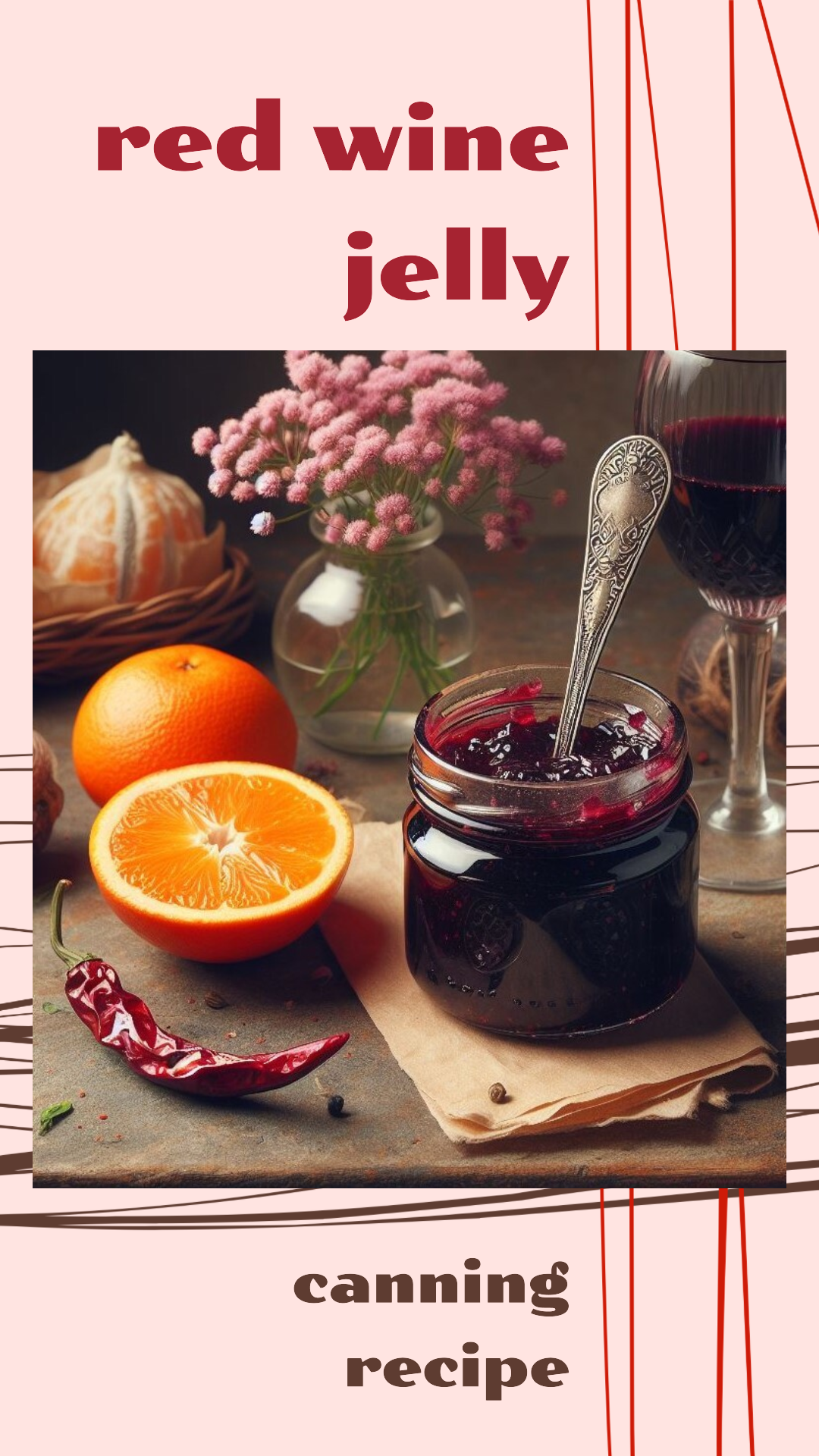
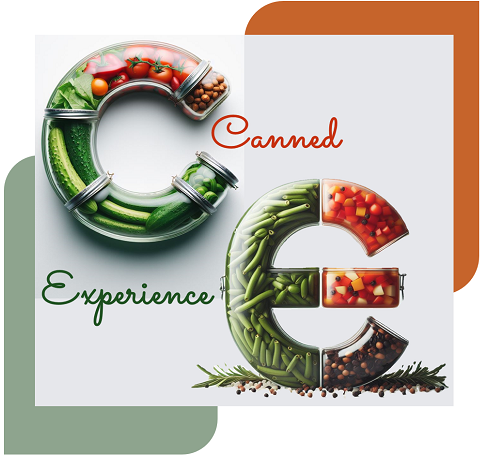
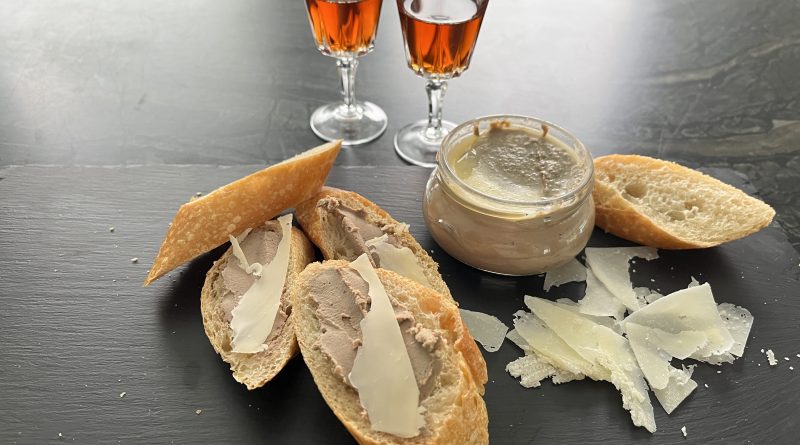
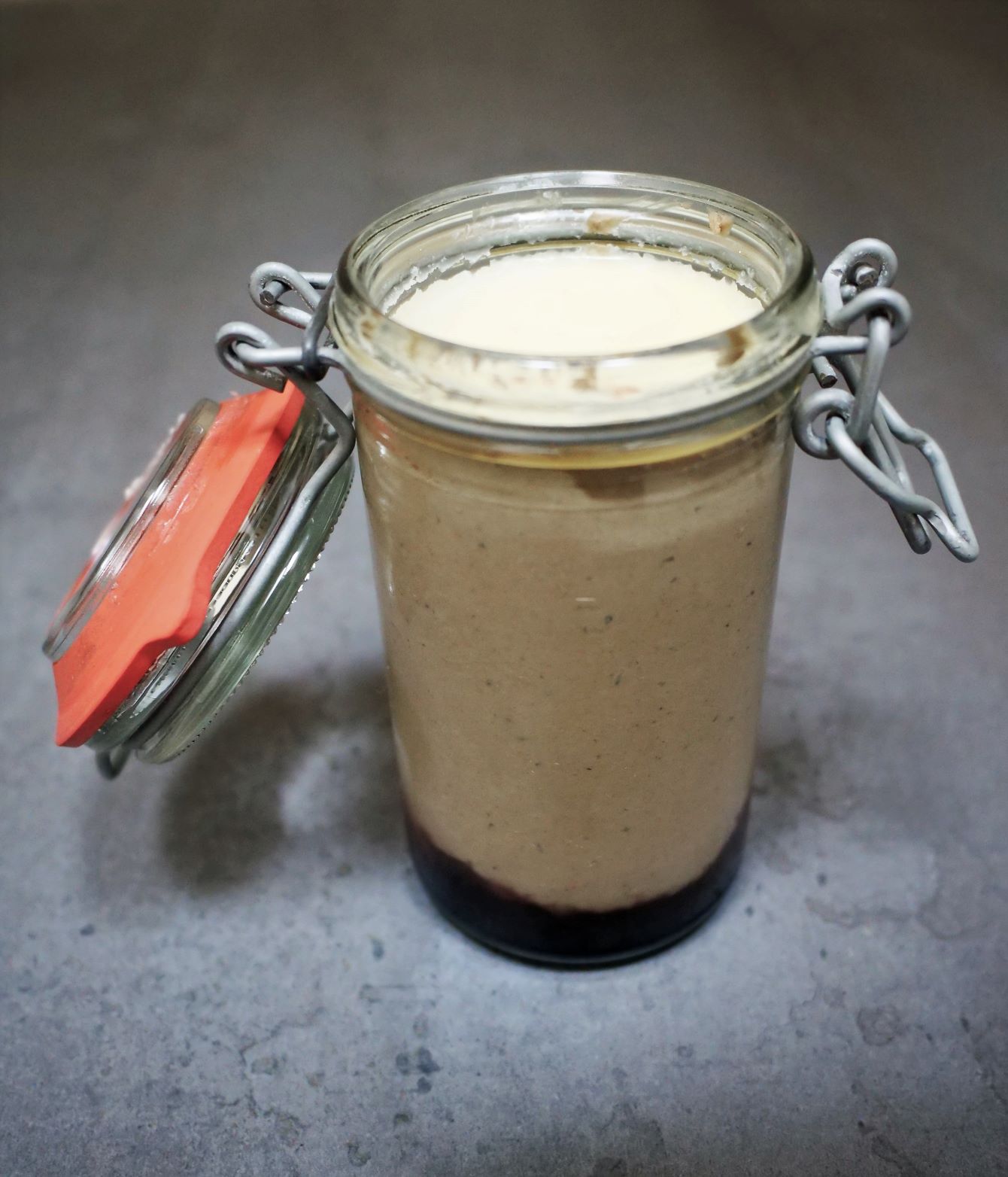


Leave a Reply